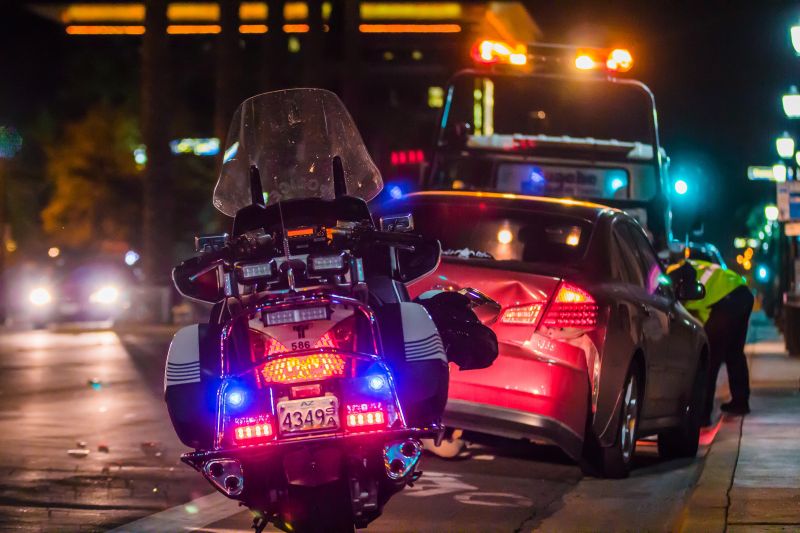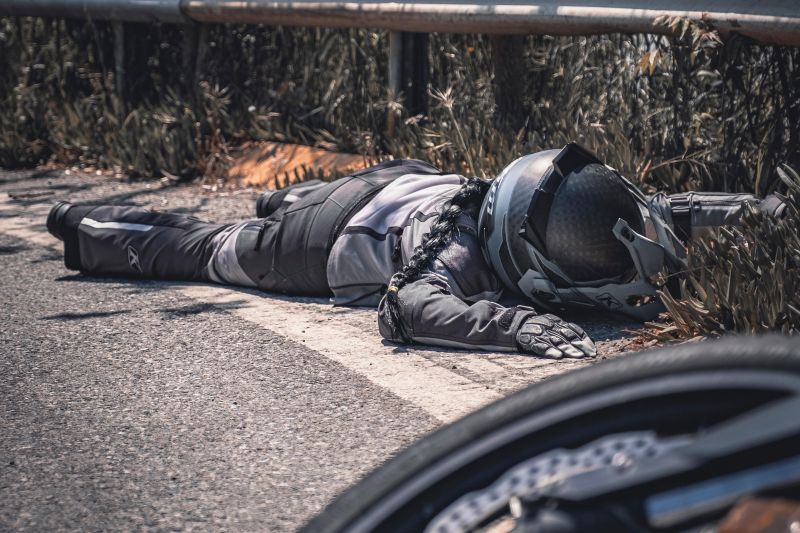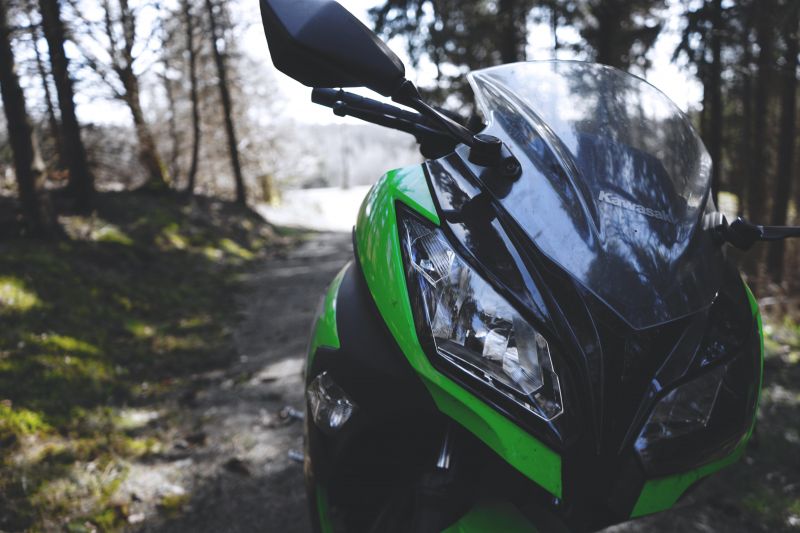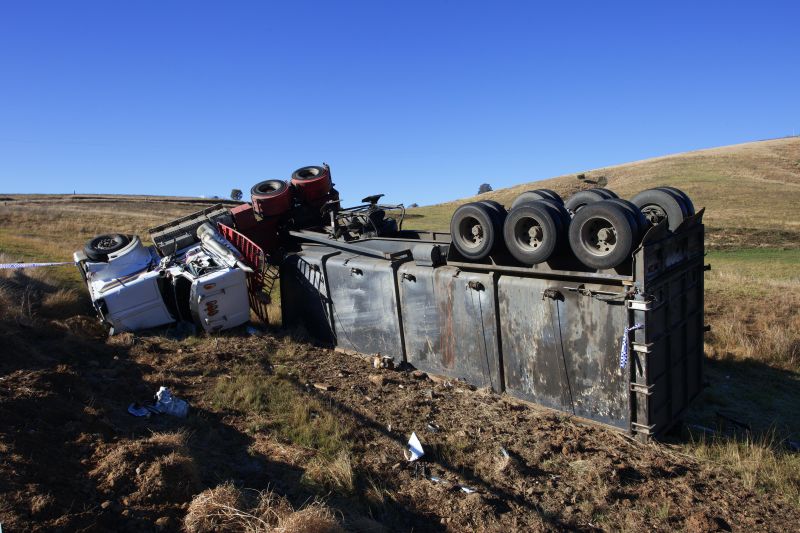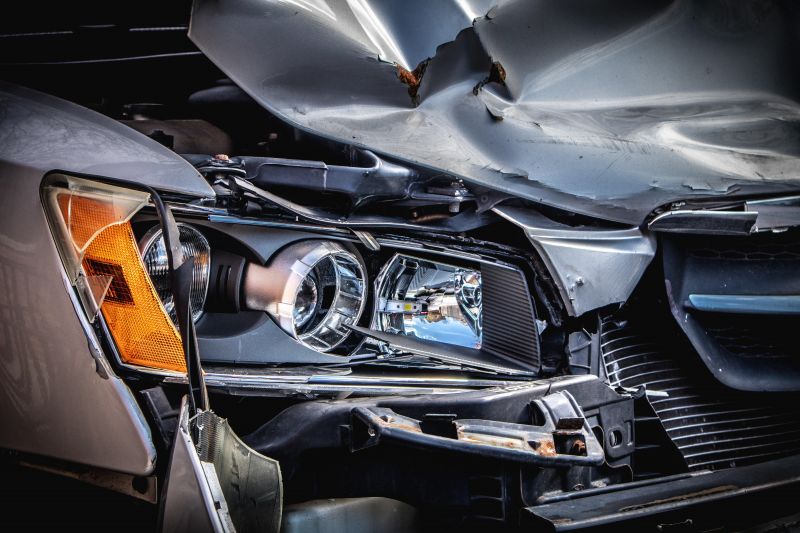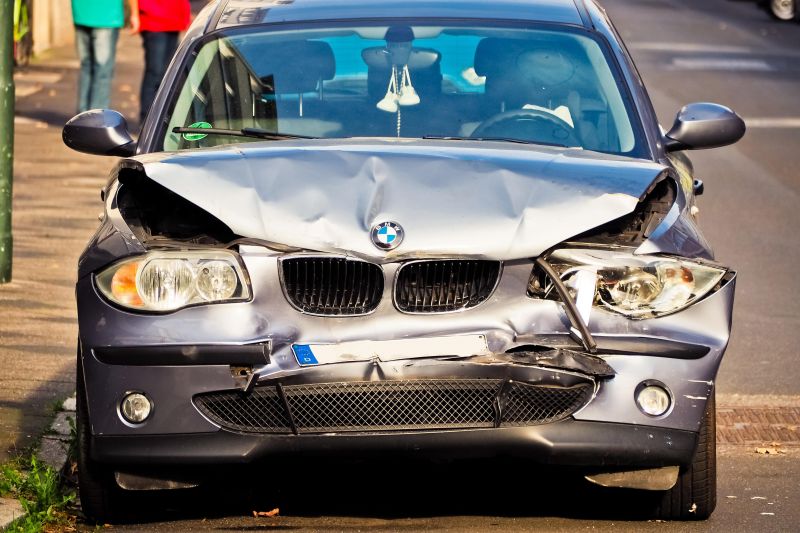I want to consider the criminal liability associated in a traffic accident.
Some accidents can have serious consequences, especially when someone is injured or killed, and have a greater likelihood of a criminal charge. The following are the likely charges:
- Dangerous driving causing death: max 10 years’ imprisonment
- Aggravated dangerous driving causing death: max 14 years’ imprisonment
- Dangerous driving causing grievous bodily harm (GBH): max 7 years’ imprisonment
- Aggravated dangerous driving causing GBH: max 11 years’ imprisonment
- Negligent driving causing death: max 18 months’ imprisonment
- Negligent driving causing GBH: max 9 months’ imprisonment
- Drive manner dangerous
- Negligent driving
Most people who have an accident where they are at fault experience at least the charge of negligent driving. I have acted for clients who have had accidents where their passengers, pillions or pedestrians have had deep cuts, broken bones or even died and the rider/driver has been charged.
In the case of death or serious injury on conviction there is the real possibility of a custodial implication. Generally, if there is a death and a question of fault, whether the driving act be deliberate or through inattention, the police are likely to charge and leave it to the courts to determine guilt or innocence.
In many instances, after a protracted court case they have been acquitted or found guilty of a lesser charge and avoided incarceration.
The difficulty in these cases and the expense is the need for scientific evidence especially if there are no witnesses. One specific case I ran comes to mind. Late one evening a rider and pillion were riding out by the northern beaches of Sydney.
A taxi driver who was travelling in the opposite direction said he didn’t see the bike, not that he was particularly paying attention, but heard it and as it had a noisy aftermarket exhaust it must have been going fast. He saw sparks in his rear-view mirror as the bike hit the embankment. The pillion was high-sided into a tree.
The rider’s body was smashed from top to bottom and how he survived the months of coma, hospitalisation and years of surgery and rehabilitation was a testament to his strength of character and determination.
Sadly, his pillion died at the scene. The cause of the accident was uncertain, but as a person had died he was charged. If convicted he would be incarcerated. Not only was he recovering from catastrophic injuries and dealing with the fact that his friend had died, he now had all the stress of a court case that could take at least a year to complete.
No one had seen the accident, the rider who had a head injury had no recollection of the event at all. The DPP, who had pressure from the family and deep pockets as a government institution, kept putting forward expert reports and theories, which had to be countered.
Further we had to counter witness statements from people who had seen a bike doing a wheelie some kilometres from the crash site. On a road that has a lot of bikes using it, no one could identify a bike as the bike.
I got to the scene within hours of the accident and managed to have photos of the scene and debris left from the bike taken.
Various spurious arguments were raised by the prosecution:
1. Because the radius of the curve was such that a bike could go around the curve at significantly greater than the speed limit, the rider must have been traveling faster than the hypothetical speed.
Our experts assessed the maximum potential speed that the corner could be taken at as much less. Further the accident occurred before the corner. They also hypothesised that a mark on the road was a yaw mark and therefore the bike was travelling at a certain speed. Again, positively debunked by our expert.
2. The police in attendance stood up what was left of the bike and clicked down through the gears, then said that it was in fourth gear and because the analogue tachometer was at 7000rpm it was traveling at a certain speed.
This did not take into account that he had a reverse pattern gearshift and that analogue instruments can jump on impact and freeze.
3. The remains of the bike were held by police and on attendance at the station with an expert, a forensic examination of the clutch cable showed a likelihood that on pulling in the clutch and changing gear, it snapped and momentarily locked the rear wheel.
This caused a loss of control and as the pillion sits higher than the rider with limited hold, high-sided her impacting the tree. Accordingly the accident may have been caused by sudden mechanical failure and not anything to do with the manner of riding.
4. The prosecution tried to argue that the bike had travelled off the road and up an embankment where the pillion was found because there was a black mark on a tree and the bike was black.
As I had examined the area within hours and examined the embankment, it was clear that the black mark on the tree was not paint. Secondly they relied upon debris that appeared to be at the top of the embankment, which we established did not belong to the bike.
However, every time we debunked the DPP theory of how the accident occurred they would get a new expert costing more money. We then ran a committal proceeding in the local court for a number of days and the Magistrate in the local court threw out the prosecution’s case, making scathing remarks against the prosecution and awarding costs.
Similarly, I had a case of a driver of a B double truck who hit two police vehicles, which were stationary in the lane he was traveling in on the freeway resulting in the death of a person who was standing next to the tow truck. He was charged with driving manner dangerous causing death and negligent driving causing death, which we defended.
It was established that police had failed to adequately warn approaching drivers of the lane being blocked despite evidence of many near-misses from other vehicles travelling in that lane.
When the second police vehicle had pulled up behind the first and the officers had remained in the vehicle, the Sergeant had come to them and advised them to get out as there had been near-misses.
However, despite being aware of the danger they did not send an officer or police vehicle up the freeway to warn approaching traffic. My client was travelling below the speed limit and by the time his vehicle had rounded a sweeping downhill curve and realised they were in his lane, he couldn’t move to the right because of another truck in the outside lane. Despite a hard application of his brakes, he collided with the police vehicles.
The scientific evidence we obtained established that there was nothing dangerous in the manner of our client’s driving. Subsequently the prosecution withdrew the charge of drive manner dangerous.
The point I am making is early careful investigation is everything and jumping to simplistic assumptions are dangerous. If you wait until you get charged, which can be months later, the area may have changed. The road may have changed, surrounding shrubbery that may have obstructed your view may no longer be there, and alleged black marks on trees may also be gone.
Secondly, just because you lose control of your motor vehicle does not necessarily mean that you were riding/driving dangerously or negligently.
Finally, I was approached by a lady who had been found guilty of dangerous driving causing death. She had another group of solicitors acting for her at the hearing but upon the finding of guilt, approached me to review the case and act for her on sentence or appeal.
The facts were unremarkable prior to the impact. It was a sunny afternoon, and she was driving in a lane nearest to the kerb of a four-lane main road with two lanes going each way. She had proceeded through a large roundabout and on the exit of the roundabout continued in that lane a further 70 meters before impact.
At about the same time, an 80-year-old lady had disembarked from a bus on the opposite side of the road and decided to cross the busy road at that point to get to her house without using the pedestrian crossing 100 meters further back up the road.
Now keep in mind all of the evidence both scientific and otherwise from the prosecution and defence established that my client was not speeding, in fact she was travelling under the speed limit (50.3km/h in a 60km/h zone). She was not driving erratically, she had not changed lanes, there were no drugs or alcohol involved, there was no issue of mobile phone use (in fact her mobile was in her pocket) and her vehicle was sound mechanically.
The elderly lady, while crossing four lanes, got over three and then walked in front of my client in lane four and an impact occurred. The elderly lady died in hospital.
There was a question as to whether she should have seen the old lady crossing and would have had 5 to 6 seconds to perceive a danger and react. However how many times have we not noticed a pedestrian? Or even having noticed people crossing on the opposite side of the road as we are driving along, expected they would stop halfway and not walk into oncoming traffic? Where is the responsibility on the part of the pedestrian for their own safety?
There was a backup charge of negligent driving causing death and my client’s former solicitors were prepared to enter a plea of guilty to that. However, this was not accepted by the prosecution. The case ran and to everyone’s surprise the judge found her guilty of dangerous driving causing death.
Whereas dangerous driving usually involves deliberate or reckless acts, it would appear that it now brings into the realm quite innocent, inadvertent acts.
Even though my client was of good character and had only two offences in 40 odd years of driving, she was facing a potential jail sentence with a maximum of ten years. However, at sentence we managed to keep her out of jail.
In my years of experience investigating and defending death or serious injury cases, I have found the element that is unfair is defence lawyers and prosecutors spend months analysing an accident that may have only taken a split second to occur and the driver/rider to react.
Don’t think it can’t happen to you no matter how careful you are. I have had to defend too many people who got in their car or bike that morning never for one moment thinking it would happen to them.
The article as written is for your information and interest only and is based on New South Wales law only. It is not intended to be comprehensive, and does not constitute and must not be relied on as legal advice.
Please be aware that every case is different and the matters I am raising may not be of specific relevance to your situation but may have a general application and you must seek specific advice tailored to your circumstances. I will also gladly talk to anyone on the phone if confused or want clarification.
MORE: Caught speeding? Defence arguments from a traffic lawyer
MORE: What to do if you’re pulled over for speeding in NSW
















